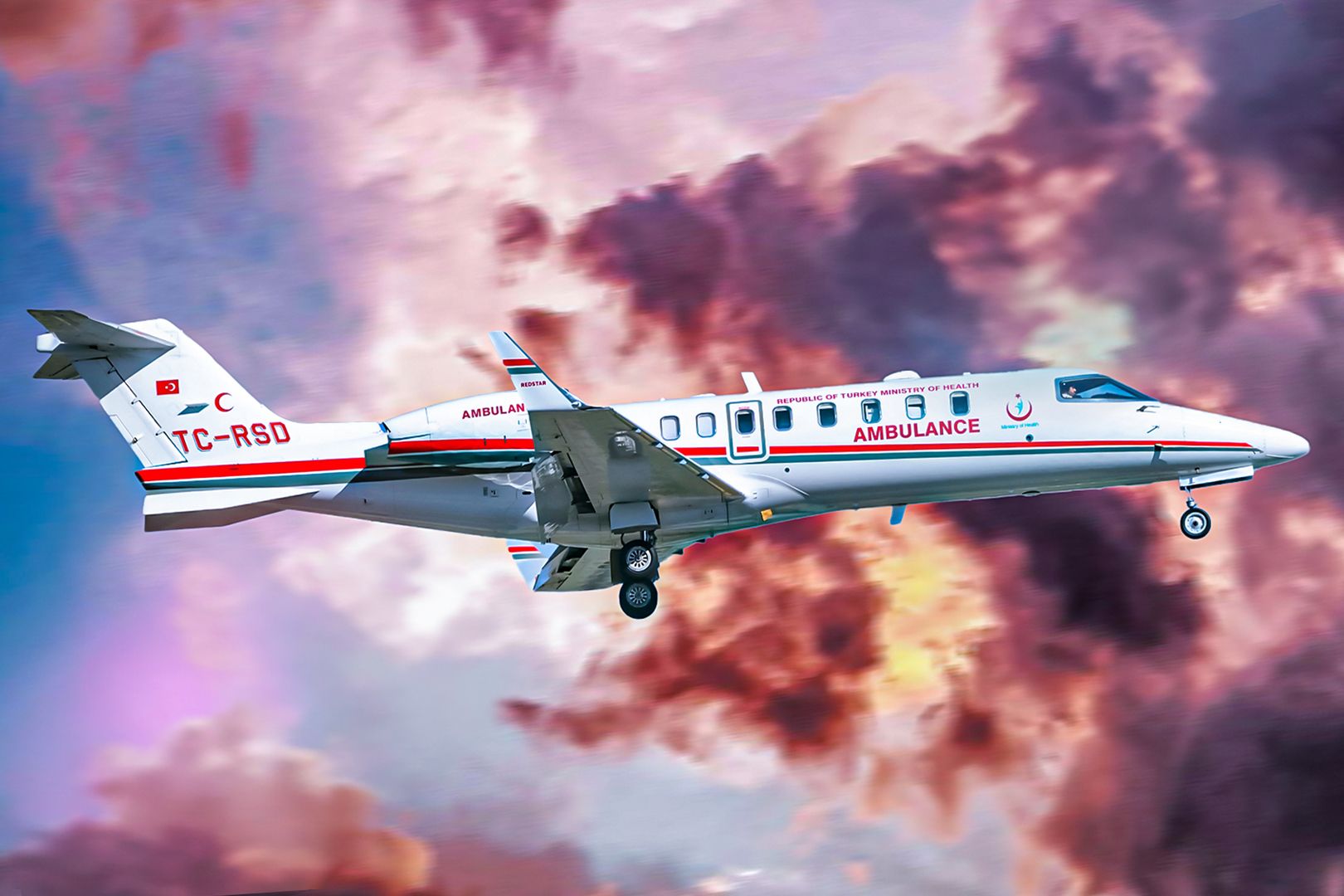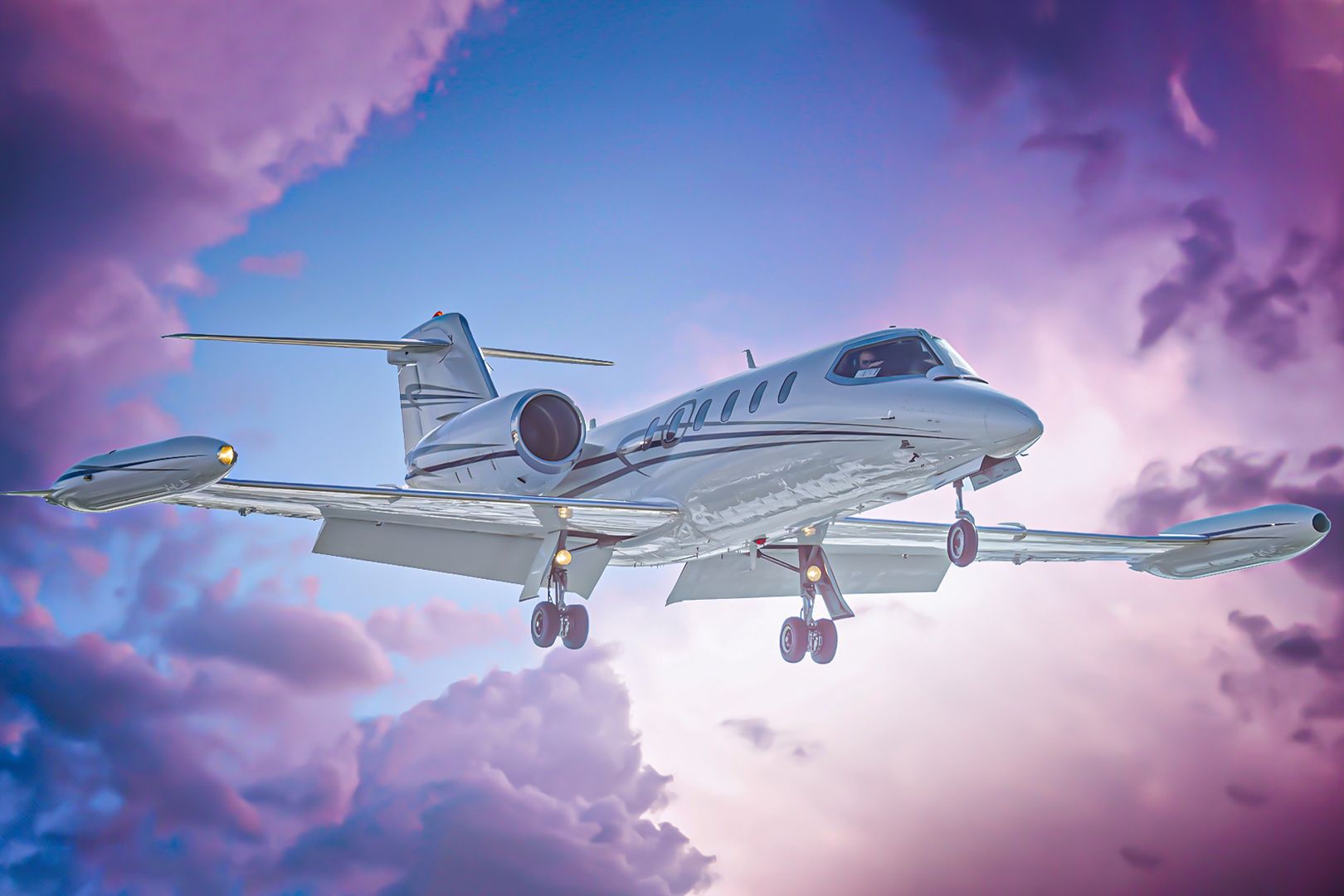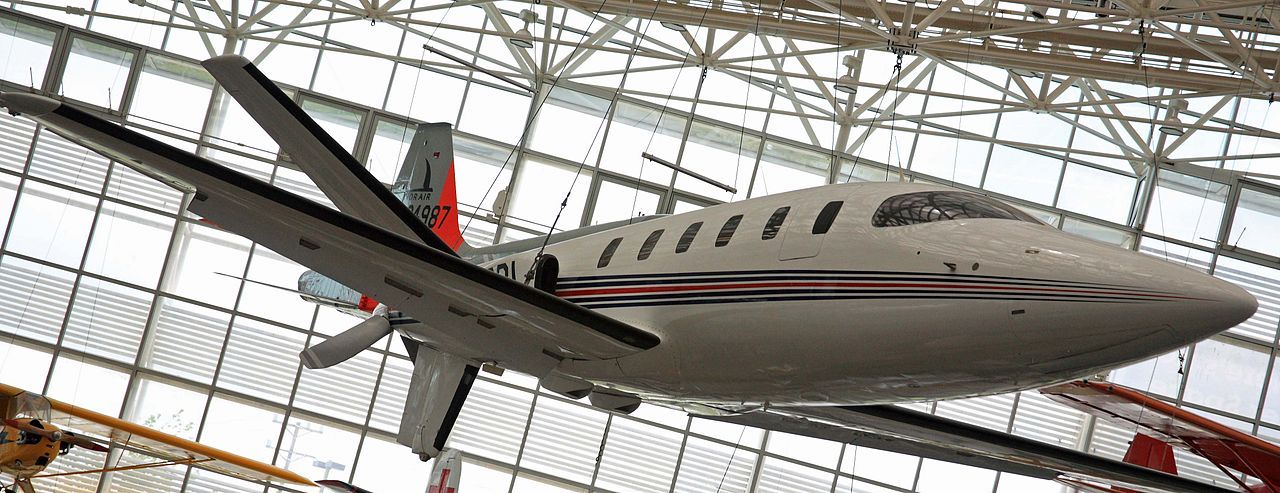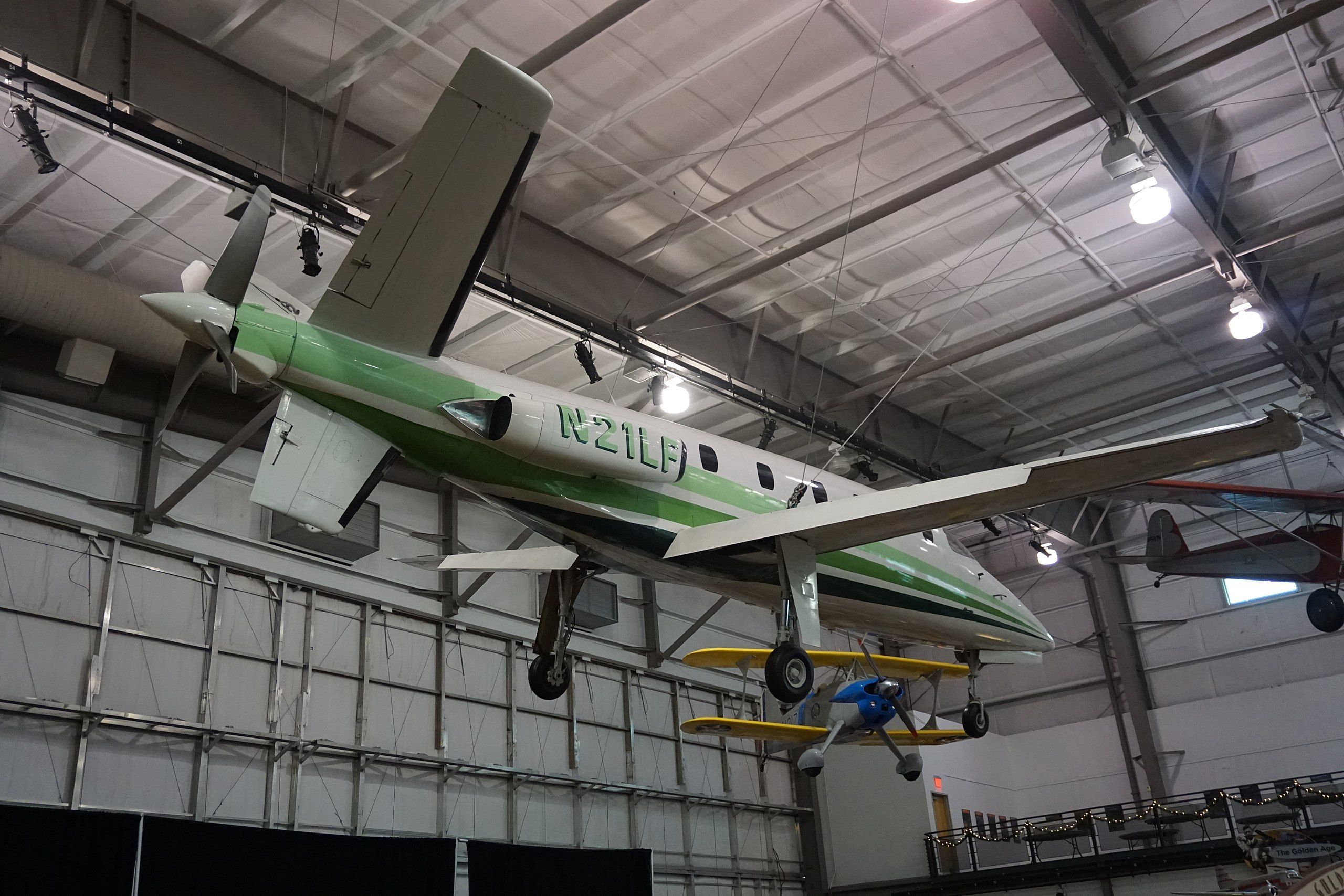Summary
- Innovative composite material design provides strength at half the weight of aluminum alloys.
- A unique Y-shaped empennage design is featured to protect the propeller during takeoffs and landings.
- Planned aircraft production in Belfast sponsored by the British government never materialized due to design flaws.
The LearAvia Lear Fan 2100 was a turboprop-powered business aircraft designed and developed by LearAvia in the early 1970s. The four-bladed propeller at the aircraft’s rear made for an unusual configuration. The prototype performed its first flight in January 1981. The manufacturer built three prototypes before abandoning development in 1985. The aircraft never entered production.
The Lear Fan 2100
- Crew: Two (pilot and copilot)
- Capacity: Seven passengers
- Length: 40 ft 7 in (12.37 m)
- Wingspan: 39 ft 4 in (11.99 m)
- Height: 12 ft 2 in (3.71 m)
- Wing area: 162.9 sq ft (15.13 m2)
- Aspect ratio: 9.5
- Empty weight: 4,100 lb (1,860 kg)
- Max takeoff weight: 7,350 lb (3,334 kg)
- Powerplant: 2 × Pratt & Whitney (Canada) PT6B-35F turboprop engines
- Power per engine: 650 shp (480 kW) each
In the early 1970s, William Powell (Bill) Lear, the founder of Learjet, designed the Lear Fan 2100 as a lightweight and fuel-efficient composite aircraft. The design was not completed before Lear’s death in 1978. Unlike conventional aluminum alloys, it was one of the first lightweight composite materials used on an aircraft.
The Lear Fan design was unique because it was made entirely with graphite epoxy and Kevlar composite materials. Using composites enhanced the structure’s strength while keeping the overall weight half of a conventional aluminum airframe. The aircraft’s weight gave it a faster speed, and it was designed to be more economical than the competition.
With a designed empty weight of just 4,100 lbs (1,860 kg), the aircraft could carry up to nine people, including two pilots. The pressurized cabin concept enabled the service ceiling of 41,000 ft (12,500 m), making the flight comfortable and fast for passengers.
The manufacturer planned to build a new factory in Belfast, Northern Ireland, to produce the Lear Fan 2100. The British government sponsored the factory to boost employment in the region, but the aircraft never entered production.

Related
The Impressive Journey Of Learjet: From Early Jets To Final Delivery
The Learjet brand has had a fascinating history, from its innovative beginnings to its popularity among world leaders and celebrities.
An unusual design
- Maximum speed: 450 mph (720 km/h, 390 knots) at 25,000 feet (7,600 m)
- Cruise speed: 322 mph (518 km/h, 280 knots) at 40,000 feet (12,000 m) economy cruise
- Stall speed: 88 mph (142 km/h, 76 knots) with flaps down and power off
- Range: 1,783 mi (2,869 km, 1,549 NM)
- Service ceiling: 41,000 ft (12,000 m)
- Rate of climb: 3,450 ft/min (17.5 m/s)
The aircraft featured a four-bladed propeller in the rear powered by two Pratt & Whitney PT6B turboprop engines. Each engine generated 650 shaft horsepower (480 kW) of takeoff power.
The engines ran on independent shafts to ensure the safety and reliability of a multi-engine system. A single-engine handling capability was designed in case of an engine failure. The purpose-built gearbox allowed power transmission from two individual engines (and shafts) to a single propeller.
Another unusual feature of the Lear Fan 2100 was its Y-shaped empennage. It was similar to a V-tail aircraft with two stabilizers pointing upwards, with an addition of a short vertical stabilizer pointing downward. The downward-pointing stabilizer protected the propellor from ground strikes during unusual takeoffs and landings.

Related
The 5 Most Popular Learjets
The last Learjet was built in 2021.
Suspension of the program
While three prototypes underwent a series of ground and flight tests, the design was met with structural issues, particularly with the pressurization of the all-composite fuselage. The fuselage structure showed design flaws during test flights.
The reliability of the combining gearbox was also questioned by the Federal Aviation Administration (FAA), leading to a refusal of the airworthiness certification of the prototype. The program was terminated in 1985.
Aircraft on display
The three prototypes are displayed at different sites across the United States: at the Museum of Flight in Seattle, Washington, the Frontiers of Flight Museum in Dallas, Texas, and in front of the Civil Aerospace Medical Institute in Oklahoma City, Oklahoma.
According to the Museum of Flight,
“The Museum’s model, the prototype, made its maiden flight in January of 1981. As a testament to the efforts to complete the aircraft by its 1980 contractual deadline, the British government, which helped fund the project, declared the Lear Fan’s first flight date to be December 32, 1980.”
The aircraft on display at the Museum of Flight (N626BL) is particularly significant because it represents the legacy of its designer.
“Envelopes carried aboard on the flight were canceled with this same date, and the U.S. Post Office honored the cancellation. Its U.S. registration, N626BL, represents Bill Lear’s initials and birth date of June 26. The Museum of Flight acquired the aircraft, with the support of Mrs. Moya Lear, in 1989.”

Related
Which Learjet Has Been Produced The Most?
One of the fastest and most popular Learjets.
What are your thoughts on the unconventional design of the LearAvia Lear Fan 2100? Share your views in the comments section.




